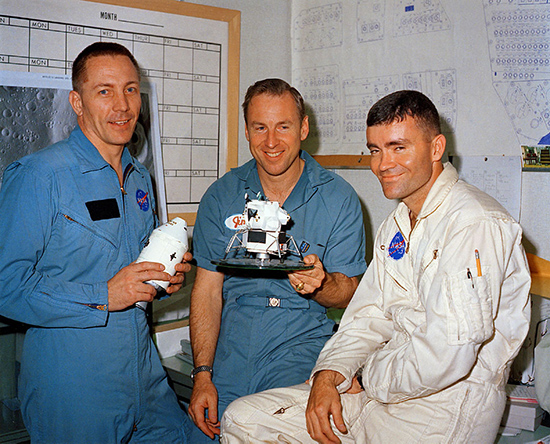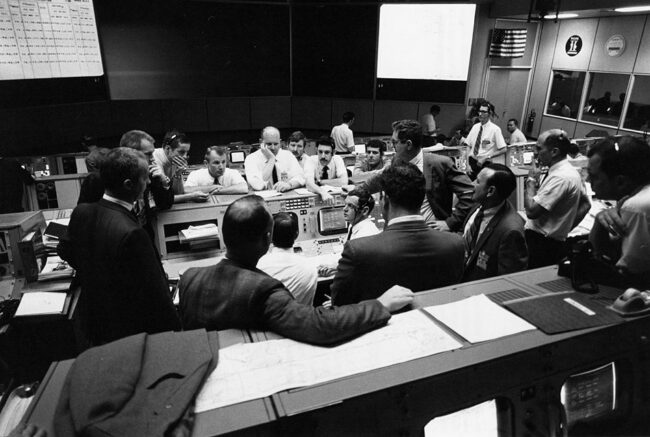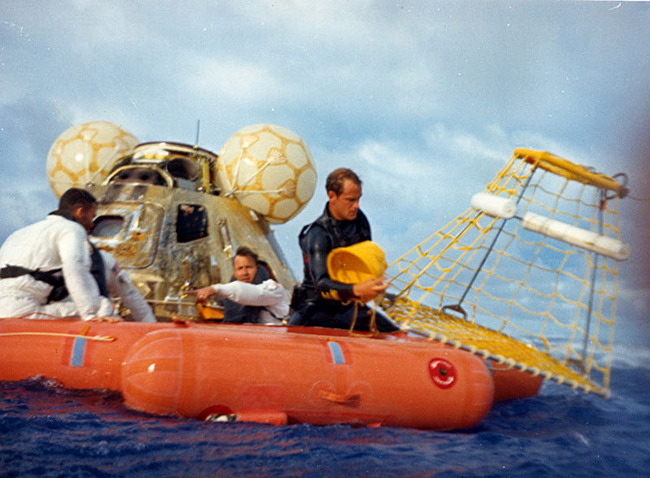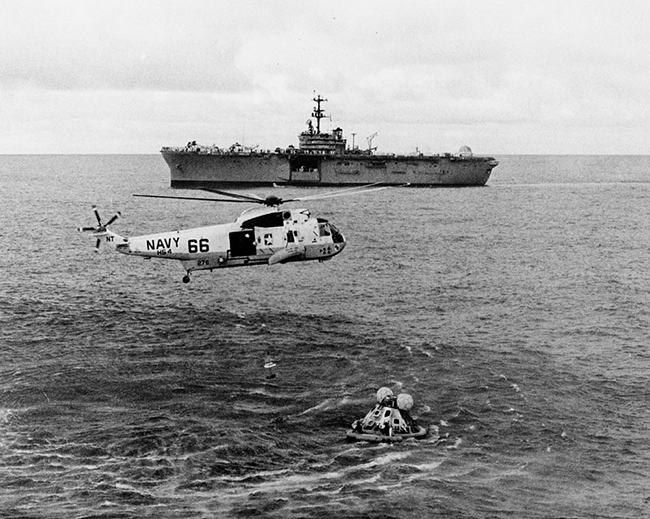The Role of the Omega Speedmaster in the Apollo 13 Mission
The Apollo 13 mission, with crew members astronaut Commander James Lovell, Jack Swigert as Command Module Pilot and Fred Haise as Lunar Module Pilot, was launched way back in April 1970. All wore Omega Speedmaster Professional chronographs, which were part of NASA’s official kit for all manned missions since 1965. While the Speedmaster was the first watch worn on the moon in 1969 during Apollo 11’s first moon landing, it wasn’t until the Apollo 13 mission that Omega’s critical precision was best represented.

The loss of power and the need for the Omega Speedmaster's precision
The Omega Speedmaster chronograph was a critical backup with the astronauts instructed to rely on their watches if they ever lost communication with the ground or their digital timers. Unfortunately a major problem occurred for Apollo 13 just two days after launch when an oxygen tank exploded on board, completely taking out the Service Module and plunging the astronauts into a dangerous situation. The mission to the moon was canceled and a clever emergency rescue plan of action was quickly devised by the Houston think tank. The astronauts had to shut down nearly all power to conserve energy taking down their digital timers and leaving them in dark and freezing conditions.
Over the next several days, Apollo 13 faced many serious challenges as NASA worked around the clock to overcome the increasingly volatile situation. During a time when there was simply no room for error, the Omega Speedmaster’s precision was called for. Without their digital timers, Swigert instead used his Omega Speedmaster chronograph to time the required burn of the engine for an exact 14 seconds, while Lovell guided the craft manually using the Earth’s horizon as his guide.

The successful maneuver back to Earth and the splashdown in the South Pacific Ocean
Fortunately, the maneuver back to Earth was carried out perfectly and on April 17, Apollo 13 splashed down in the South Pacific Ocean, 6.5km from the recovery ship USS Iwo Jima, 142 hours and 54 minutes after launch.

The Omega chronometer became a legend in the timekeeping circles. Being 17 years old at the time I remember well the ensuing Omega TV commercials being broadcast over the Los Angeles air waves touting the crucial role their Speedmaster wrist watch played in helping bring back the Apollo by performing exactly as intended. Mission Commander James Lovell said it all in an interview,
"We used the Omega watch that Jack had on his wrist, and I had to control the spacecraft. Jack timed the burn on the engine to make that correction to get us back home safely."
Captain James Lovell, Mission Commander Apollo 13

The Silver Snoopy Award from NASA
That same year Omega received NASA’s “Silver Snoopy Award” in recognition of their contribution and critical role they played in the Apollo 13 flight, which by the way is no small feat considering the “Silver Snoopy Award” is NASA’s highest honor for those in the aerospace industry!
Bravo Omega!
Check out the two Apollo 13 Videos… the first one was put out by Omega and is kind of funny.
Interested in learning Watch and Clock Repair? Click Here
